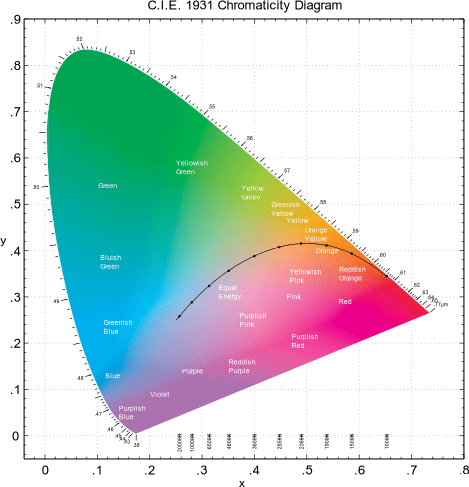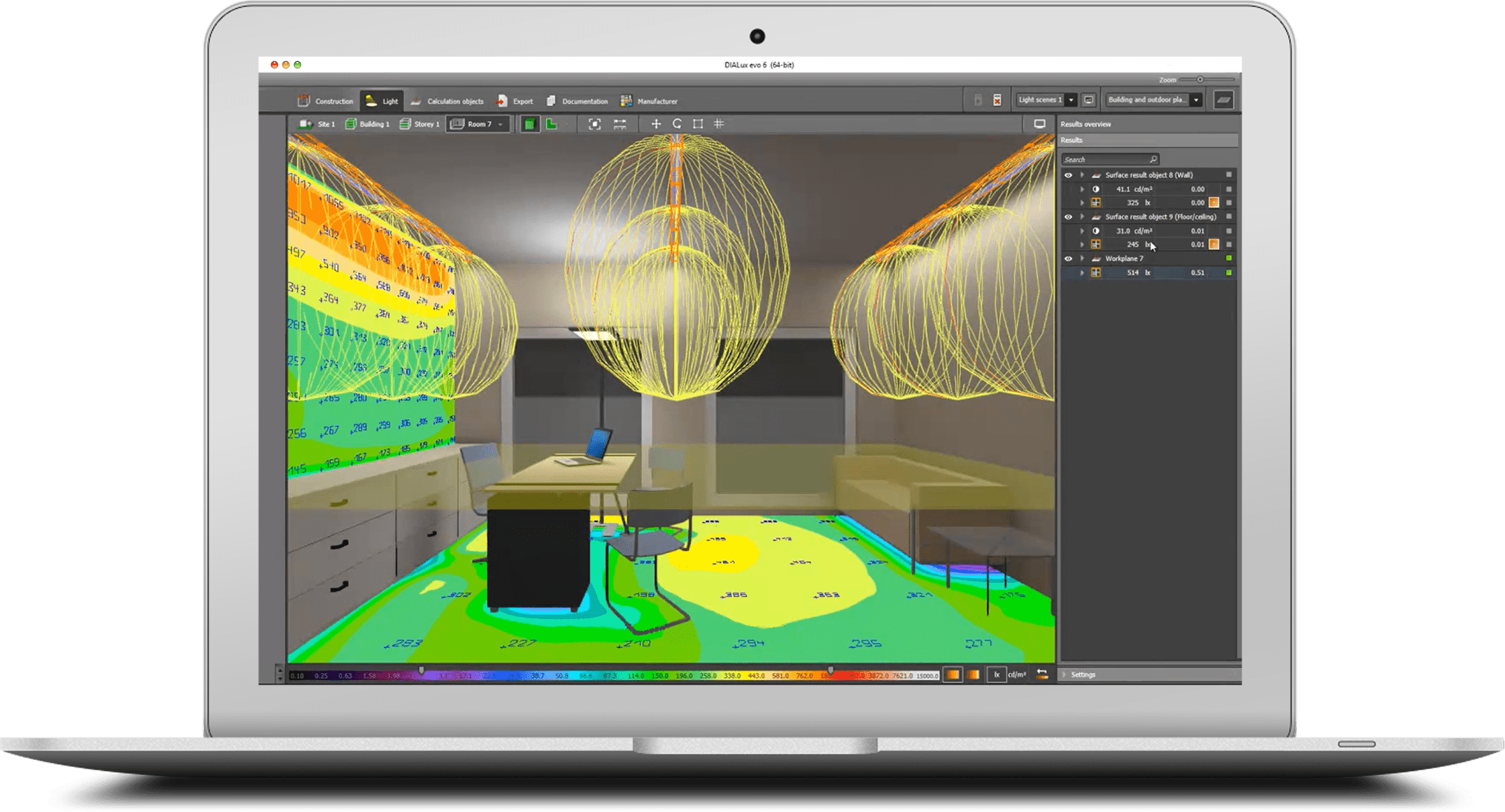
The science of lighting:
Getting the right light
The lighting in a space is just as important as the purpose of the space and its use. The impact of light on humans in various aspects like mood, productivity, and well-being has been established by extensive studies. A good lighting design is all about getting “the right light” in order to provide a safe, comfortable, and captivating experience for the occupants in a workspace.
Our lighting design doctrine is based on lighting for the people and not just the space. By getting the right blend of light level, contrast, color selection, uniformity, and glare control, we attain the desired functionality and enhance the overall performance of occupants in a workspace. Incorporating advanced lighting controls and daylight utilization concepts, our lighting designs provide significant energy cost savings and regulate the usage of lighting systems as per your convenience.

The recommended illuminance over the task area for any application is established by the Illuminating Engineering Society (IES) and is typically a range based on the nature of work being carried out in a space. Tasks involving less detail like bulk storage and slow movement require illuminance at the lower end of this range whereas tasks that are document-based, such as writing require illuminance at the higher end. The duration of the task also determines the illumination levels — tasks of short duration or high contrast may have reduced light levels. Spaces that are not continuously occupied may also have a lower illuminance.

The visual perception of a space varies significantly with change in the color rendering, color temperature, color uniformity and consistency. Color Rendering Index (CRI) is the ability of the light to reveal the true colors of an object. To maintain color fidelity in any interior space, the light source should have a color rendering index of Ra80 or more.
Color temperature describes the color appearance of the light, typically ranging from warm (2700K) to cool (6500K). The color temperature can impact mood and enhance productivity. To ensure color consistency, the LEDs should have one of the designated CCTs as per ANSI C78.377-2008 with an allowable tolerance within the standard deviation of color matching (SDCM) i.e. MacAdam’s ellipse.


The distribution of light is based on reflection, refraction and diffraction. These principles are applied in luminaire optics and design to attain different types of distribution. There are different ways to illuminate a space - direct or indirect lighting, symmetric or asymmetric distribution. Many factors impact and influence the choice of light distribution, but direct and reflected glare being the primary ones. The glare of a lighting system can be evaluated with the UGR method defined on a scale of 10 to 30. The UGR rating is used to assess how likely the lighting system is to cause glare. Glare can be effectively managed in the lighting design stage by controlling the light distribution, luminaire angle, arrangement, quantity, and mounting height to create a comfortable and visually balanced lighting.

Innovate, illuminate,
and inspire
LED technology has changed the face of the lighting industry and enabled businesses to move towards sustainable development rapidly. By embracing this change, we were able to bring innovative lighting solutions that have helped our customers scale their businesses by meeting their energy efficiency targets. Going beyond traditional illumination practices and integrating advanced control and design strategies, our lighting solutions have shown much potential to unlock exceptional energy savings.



